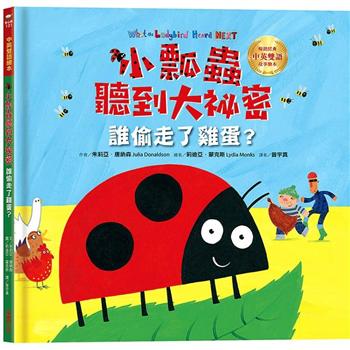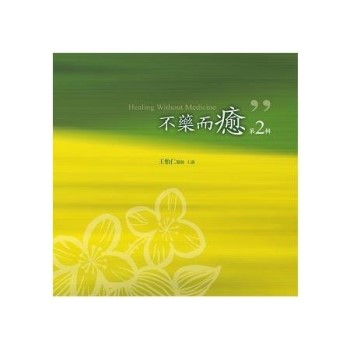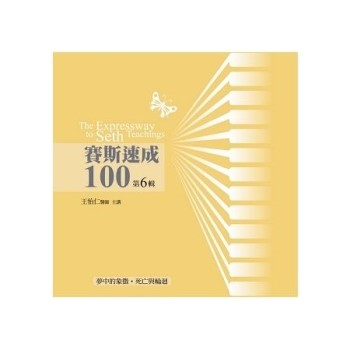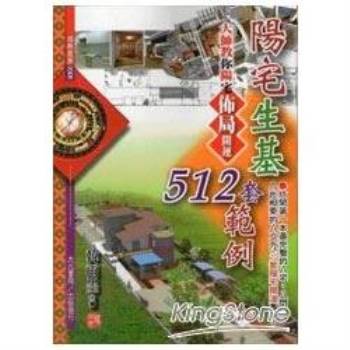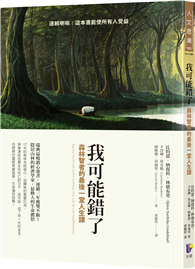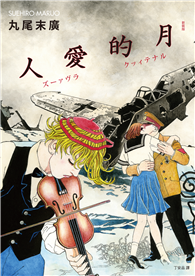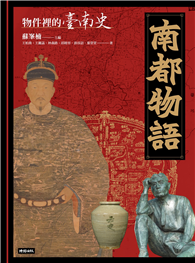The book introduces Legislative Conflict Theory. The theory suggests that conflict in legislatures in two-dimensional and that a moderate level of conflict will be most productive. The two types of conflict are policy differences and relational conflict. Using the US Congress as a testing ground, and novel indicators of both forms of conflict and legislative productivity, the book tests the theory various ways. The testing arrives at the conclusion that specific Congresses and historical eras, easily identified as more productive, experienced a median level of two-dimensional conflict. There are implications for effective legislative process in all political settings including democratically elected legislatures and ’rubber stamp’ legislatures in authoritarian environments. In the end, the research makes the case for recruiting the right type of people to serve. However, the most effective legislators will be context dependent. In low conflict scenarios, rabble-rousers become the most effective legislators. When two-dimensional conflict is too high, the need is for disciplined-mannerly legislators committed to compromise.
| FindBook |
有 1 項符合
Conflict in Congress: A Call for Moderation的圖書 |
 |
Conflict in Congress: A Call for Moderation 作者:Schraufnagel 出版社:Lexington Books 出版日期:2024-05-01 語言:英文 規格:精裝 / 154頁 / 普通級/ 初版 |
| 圖書館借閱 |
| 國家圖書館 | 全國圖書書目資訊網 | 國立公共資訊圖書館 | 電子書服務平台 | MetaCat 跨館整合查詢 |
| 臺北市立圖書館 | 新北市立圖書館 | 基隆市公共圖書館 | 桃園市立圖書館 | 新竹縣公共圖書館 |
| 苗栗縣立圖書館 | 臺中市立圖書館 | 彰化縣公共圖書館 | 南投縣文化局 | 雲林縣公共圖書館 |
| 嘉義縣圖書館 | 臺南市立圖書館 | 高雄市立圖書館 | 屏東縣公共圖書館 | 宜蘭縣公共圖書館 |
| 花蓮縣文化局 | 臺東縣文化處 |
|
|
圖書介紹 - 資料來源:博客來 評分:
圖書名稱:Conflict in Congress: A Call for Moderation
|
